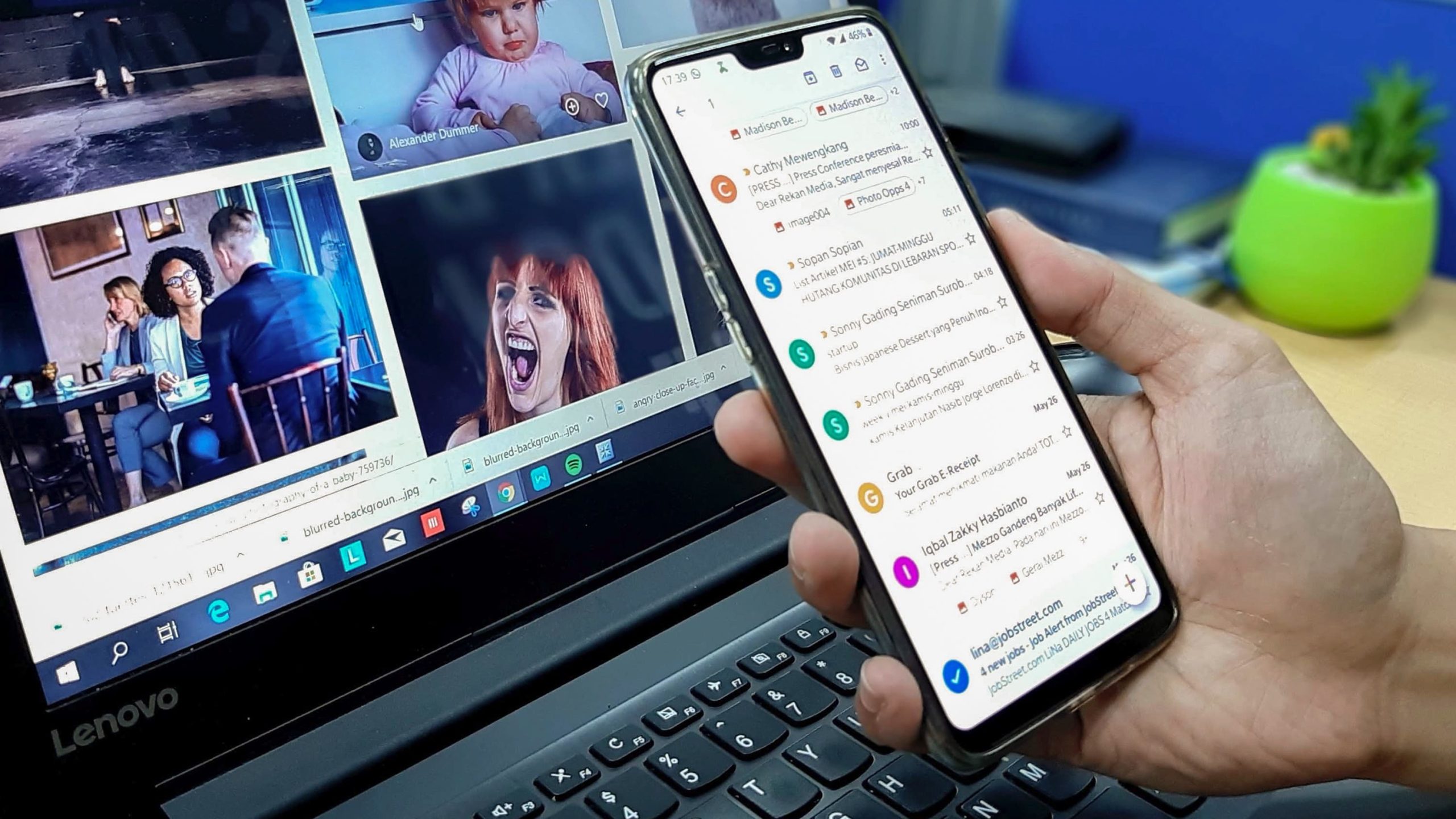Inbound marketing, content marketing, SEO, social selling, the generation of qualified leads is at the heart of marketing concerns. We can see it in all digital marketing initiatives. What does this mean in concrete terms? How can you set up an effective strategy to achieve your objectives?
Here you will find the definitions and key figures you need to know to define your lead needs and measure the effectiveness of your strategy, advice on how to avoid mistakes in converting your leads and a checklist for setting up your marketing actions.
Leads: definition and key figures
Leads or qualified leads
A lead is a contact who shows some interest in your company or your product. A qualified lead is a prospect, namely a contact with whom you have already talked about his/her concern. There can be, however, a grey area in all this. Depending on what you sell, your sector, whether you are in B2B or B2C, the contact, or lead, does not become a prospect or qualified lead at the same time. For example, an e-commerce site that sells pet accessories may consider a lead as a qualified lead if they have added products to their shopping cart. On the other hand, in B2B, a qualified lead can be a contact with whom there has been an exchange about their needs.
What is the difference between B2B and B2C leads?
|
B2B |
B2C |
|
|
Website visit |
Yes |
Yes |
|
Direct contact |
Yes |
No |
Key figures to understand the importance of leads
- 93% of purchase paths start with a search (Source: Pinpoint Market Research)
- Social networks: Twitter: 36% generated leads, 49% via Facebook 64% via LinkedIn 76% of users are active on at least 3 channels (Source: Blue Nile Research)
7 tips to generate qualified leads

Set your goals
As with any marketing action, defining your objectives is the key. This is the time to think about what you want to achieve, both in terms of quantity and quality. For example, you can define a number of leads per month, but also the quality of those leads. Specifically, in B2B, you can set objectives for the size of the companies you are targeting: 3 SMEs, 7 large enterprises, etc. The goals must be SMART: specific, measurable, achievable, realistic and time-bound.
Get to know your personas
In this case, there is no difference. In BtoB as in BtoC, it is important to know who you are addressing before creating your communications. Knowing the concerns, purchasing levers and other important information about your contacts is key to engaging them in the midst of the internet crowd! You can then write the right content with the right headlines that will appeal to the right people! You can use our guide to build your personas.
>> Download our guide to create buyer personas
Study the behaviour of your target
Once you have defined your target profile, you need to look for information about the behaviour of your personas. Do they prefer smartphones or computers? Are they more sensitive to your brand during working hours or at the weekend? Basically, you need to find the right channel and the right time to deliver the right message to the right person, as defined in the topic above.
Keep an eye on your competitors
Your competitors are neither right or wrong, but they have a strategy too. Keeping an eye on them is not about shooting them down or copying them, but about keeping up to date with trends in your sector. For example, you can set up alerts to be informed directly when your brand is mentioned, or an important term for you is cited.
Create relevant content
To attract attention, retain it and ensure the generation of qualified leads, you need to create content. To do this, don’t just talk about yourself and your brand, talk about the topics that gravitate around it. Let’s use the example of the pet supplies shop. One part of the articles can highlight products and their positive points, and another part will talk about the animals, the important care or tips on how to best look after them. The purpose of these articles is to show your expertise and authority on the subject.
Social networks
In the same way, social networks have an important place in the generation of qualified leads. It is a way to create a community that reassures contacts and multiplies contact points. It is a perfect place to share your experiences, tips and articles.
Surround yourself with the good tools
To help you with all these points, there are tools that can help you. To manage your social networks and post your content, Limber or Agorapulse can be useful. In order to create relevant content and to monitor your competitors’ content, you can use SemRush or Insight. Finally, to know your personas, their behaviours and to offer them the right content through the right channel and at the right time, you will have to rely on marketing automation.
How to use your website traffic to generate qualified leads?
 Generate traffic
Generate traffic
As we have seen, to attract attention, you need quality content, social networks and top natural referencing. Take care of your titles, your keywords, your links, your meta descriptions and descriptions. Also remember to be active on your networks to send traffic towards your website. Monitor your results on Analytics regularly, or get a tool to help you create content and monitor your traffic.
Read also: Lead magnet: all you need to know about this inbound marketing strategy
Identify your contacts
Now that you have traffic on your website, your goal is to communicate with your visitors. To do so, as an example, you could start by setting up a pop-in. However, as we know, today it is personalization that converts the most. So, how do you get the necessary contact information? With a form. Okay, we have the basics, but how do we actually do it?
A good form is:
- short
- not intrusive
- useful for you
- with added value for your contact
The shorter the form is, the more effective it will be. 4 fields is the optimal length. You need to find the 4 questions that will allow you to target your communications. Another possibility, with marketing automation, is to use progressive profiling. In a few words, these are dynamic forms that adapt themselves to the contact thanks to cookies. If someone fills in two forms, they will have more in-depth questions on the second one.
Don’t forget that this information is to be exchanged with your contact for rich content such as a guide, a checklist, a webinar, etc.
Segment your database
You now have identified your contacts, congratulations! To communicate with them, the first thing is to sort them by interest. Let’s go back to our concrete case: a dog owner is not interested in the same products as a cat owner. This is a question to ask in your form and then segment your database. For this purpose, a marketing automation software is essential. It will allow you to create segments based on this parameter, fed automatically with your forms.
Nurture your leads
Your segments can be used for email or SMS campaigns to make your leads aware of your products and turn your prospects into hot leads. In our concrete application, a first campaign can email dog lovers to talk about the best diet for them, with examples of kibbles sold; then an email with the new products of the month about nutrition, before sending a week later an SMS with a discount code in the nearest shop. At the same time, cat owners will receive an identical campaign, on a more suitable subject such as cat trees.
Now you know some more about how to generate qualified leads. By following this article, you will have the essential steps to quickly reach your goal. If this can be time-consuming and tiring, Webmecanik Automation allows you to automate all these repetitive tasks. Let us know how your strategy goes or contact us if you want to discuss your project.






